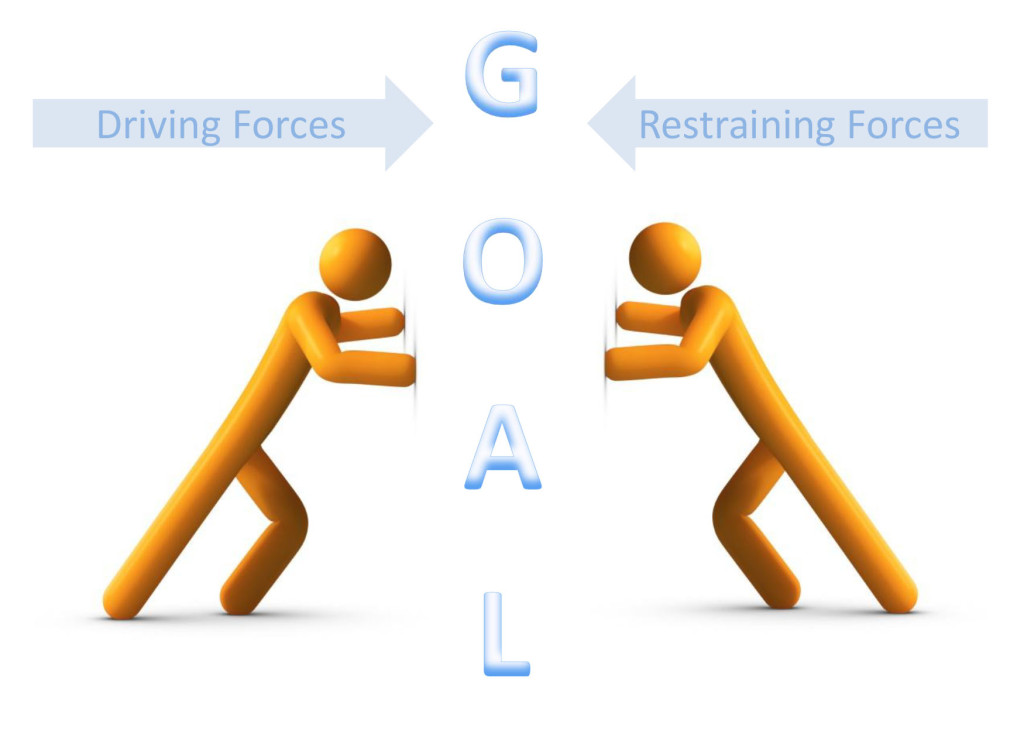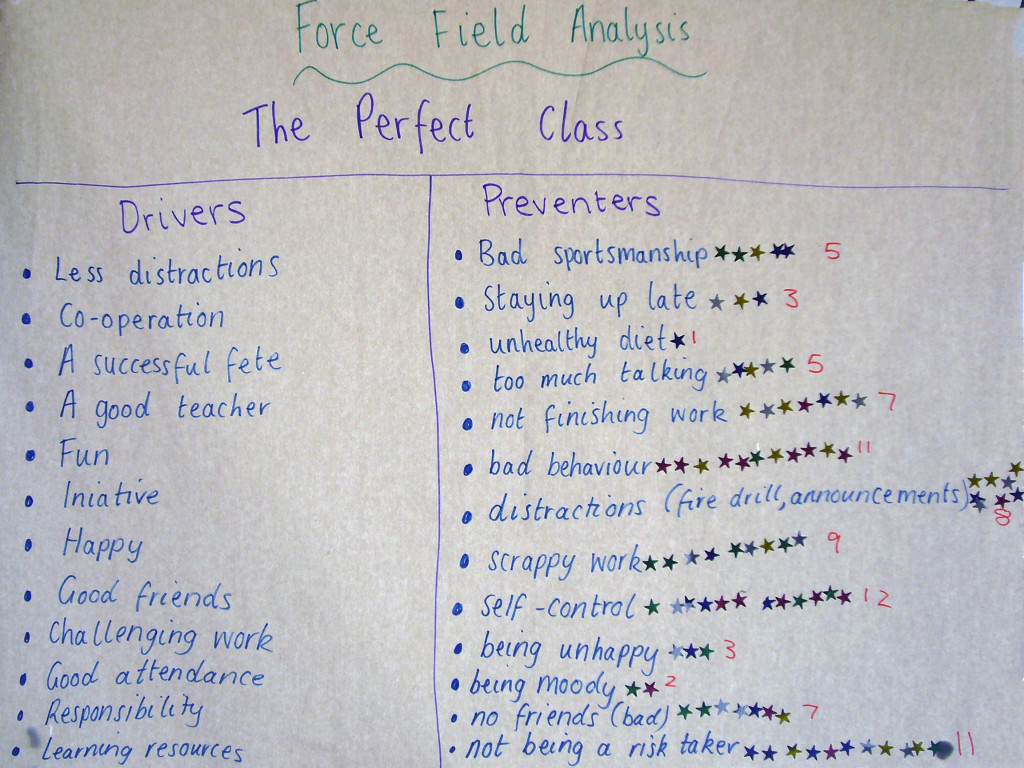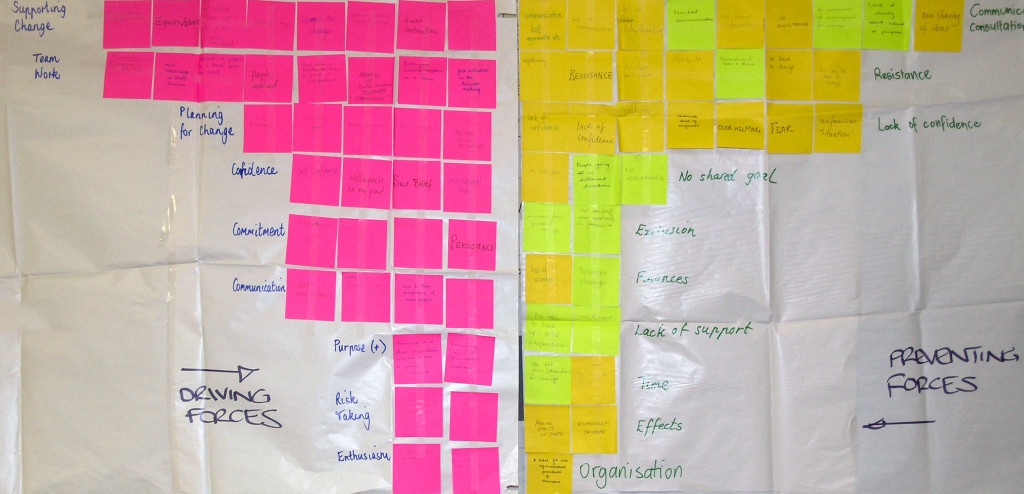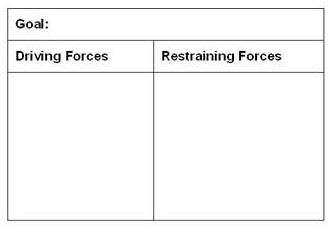This is the third of four blog posts to explore human motivation, and how we can encourage learners’ intrinsic motivation and engagement. These posts are edited extracts from our forthcoming book: Improving Learning: A how-to guide for school improvement.
Over the past decade we have drawn upon a wide range of research as well as our own experience to develop the following framework of factors that can enhance intrinsic motivation and engagement.
In the previous post, we explored this framework with a focus on the first two key factors: purpose and choice. In this post we discuss the other two key factors, namely mastery and belonging.
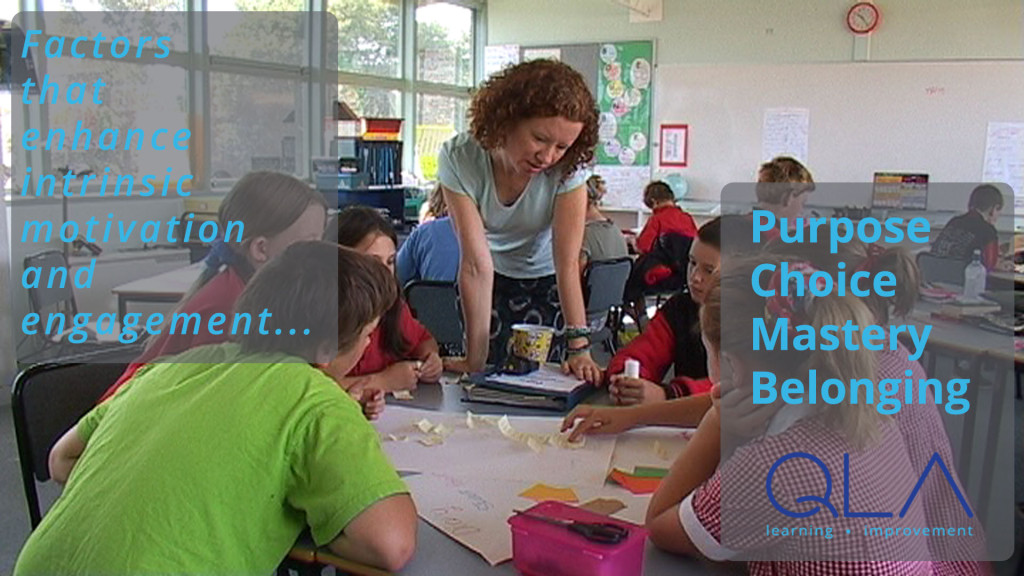
Factors that enhance intrinsic motivation and engagement
Purpose |
Meaning |
Advancing my interests and passions. Making a positive difference to me or others |
Relevance |
Pertinent to me, my situation and my future | |
Possibility |
Accepting what is to be accomplished and uncovering the potential of what could be achieved | |
Choice |
Responsibility |
Committing to the task. Experiencing a sense of authority. Being relied upon by others |
Autonomy |
Selecting methods and resources, defining quality standards and determining time-lines and milestones | |
Creativity |
Exploring and expressing thoughts, skills, imagination and individuality | |
Mastery |
Challenge |
Finding the task interesting, compelling and achievable |
Achievement |
Monitoring one’s own progress and performance. Celebrating learning and success | |
Learning |
Trying things, making mistakes, developing new skills and finding different ways of thinking | |
Belonging |
Collaboration |
Enjoying interdependence, working towards shared goals and experiencing authentic teamwork |
Feedback |
Giving and receiving constructive feedback and encouragement | |
Support |
Recognising skills and abilities in one’s self and others. Sharing, helping, learning together. Being free of fear |
Factors that enhance intrinsic motivation and engagement
The factors identified in this framework are generic in that they apply, to varying degrees, to everyone. It is a model of common causes. By building these into our systems, we tap into intrinsic motivation.
Let’s look more closely at the last two groups of factors…
Promote mastery
Mastery is about building capacity, capability and competence. In order to develop mastery an individual needs to: be challenged (just the right amount, not too much, not too little), monitor and celebrate their achievements, and learn as they go.
Challenge
For an activity to pose any challenge, it must be interesting to those doing it. Without interest there can be no challenge. (Note that interest is different to relevance and meaning).
Activities that place too much demand on the skills and abilities of an individual can lead to a loss of interest because the activities are deemed to be too difficult and the outcome unachievable. Activities that place insufficient demand are deemed boring.
Getting the level of challenge just right can make a task compelling: unlocking high levels of intrinsic motivation. (Vygotsky referred to this as the zone of proximal development).
The right degree of challenge, with interest, can be a motivator. Too much challenge or too little challenge can be a de-motivator.
Achievement
Monitoring one’s own performance, and celebrating growth and accomplishments along the way, is what achievement is all about. Seeing progress can be highly motivating; to fail to see progress can be de-motivating.
Learning
Everyone is born with a passion for learning. Learning is as natural as breathing. Humans find great joy in trying new things, developing new skills, building on existing capabilities and exploring new ways of thinking. Learning contributes greatly to one’s sense of mastery and can be a powerful intrinsic motivator.
Foster a sense of belonging
The factors that comprise belonging are different in nature to the three previous groups: purpose, choice and mastery. They all relate in some way to the relationship between the individual and the activity: can the individual see purpose in the activity, are they afforded choice as they approach the activity and does the activity build mastery?
This set of factors recognises that humans are social beings and that a good deal of learning goes on in a social context: in a social system. Also, we have a deeply felt need to belong and to feel connected to others. There are factors within social systems that can enhance motivation and others that can suppress motivation. These factors relate to a sense of belonging.
Collaboration
The joy that comes from working closely and effectively with others towards a shared goal can be highly motivating. It takes time, skill and effort to learn to work with others in a truly cooperative manner. When this is achieved, the results can be spectacular and the experience highly memorable. There is little doubt that much more can be achieved working in collaboration with others than can be achieved working alone.
Feedback
Feedback is an essential feature of every self-regulating system. Knowing where we are, where we would prefer to be, and immediately using the comparison of these two pieces of information to decide what to do next is critical to our sense of wellbeing.
In a social system, individuals give each other signals (feedback) that can be used to adapt behaviour and performance. Where this is done in a caring, constructive and encouraging manner, it can fan the flame of intrinsic motivation. Where feedback is given in a critical, malicious or spiteful way, it can be dispiriting and deeply de-motivating.
Learning can be accelerated with feedback. When a teacher works with a student to help them reflect upon the task, their learning processes and their metacognitive approaches, this feedback can significantly improve learning. Similarly, when students provide constructive feedback to a teacher about how their teaching is affecting their learning, this feedback can be of enormous value to the teacher. Such feedback enhances an individual’s capacity to manage their learning, which is highly motivating.
Support
Recognising the contribution, progress and abilities of others is a first step in offering support to them. Offering to share, help and learn together can significantly boost the motivation of an individual.
In the next post in this series, we examination of the use of rewards in classrooms. We also discuss how these can be substituted for working with students to identify and remove barriers to motivation and engagement.
We encourage you to discuss these ideas with your colleagues. If you are a teacher, you may wish to explore these concepts with your students. If you are really game, you may like to ask your students (and colleagues) the degree to which these factors are evident within your systems of learning. Furthermore, you could seek suggestions regarding improvements to the systems of learning to enhance motivation and engagement.

